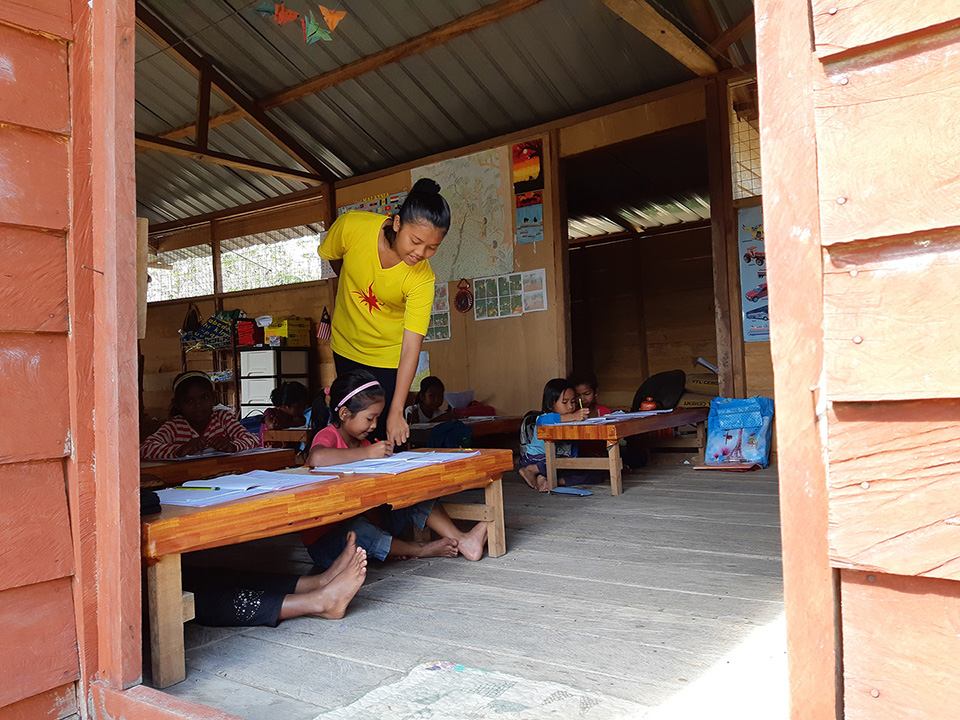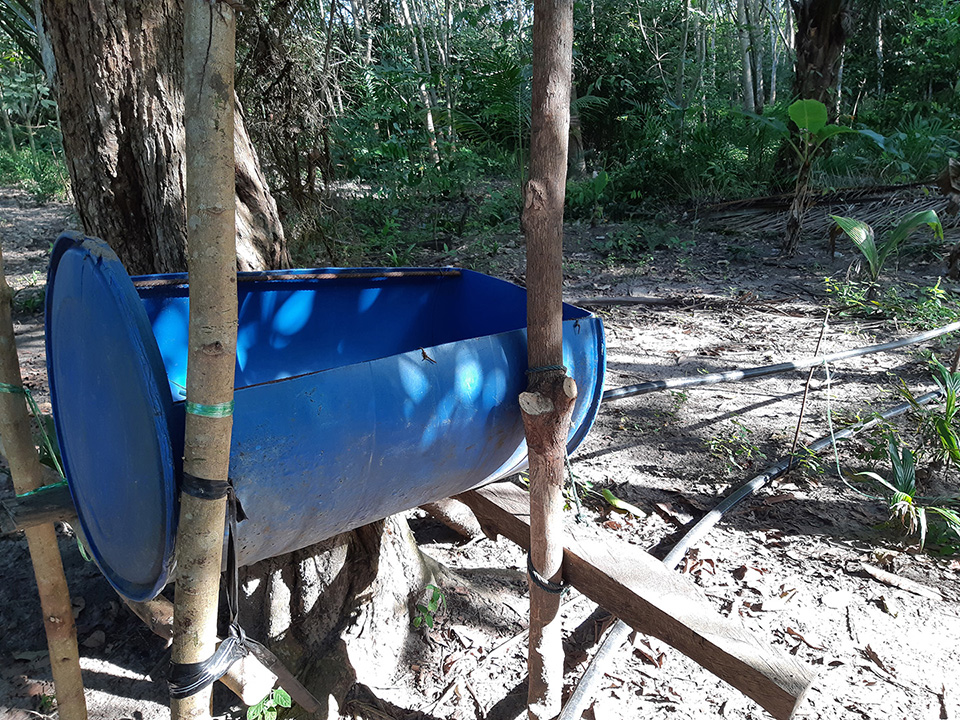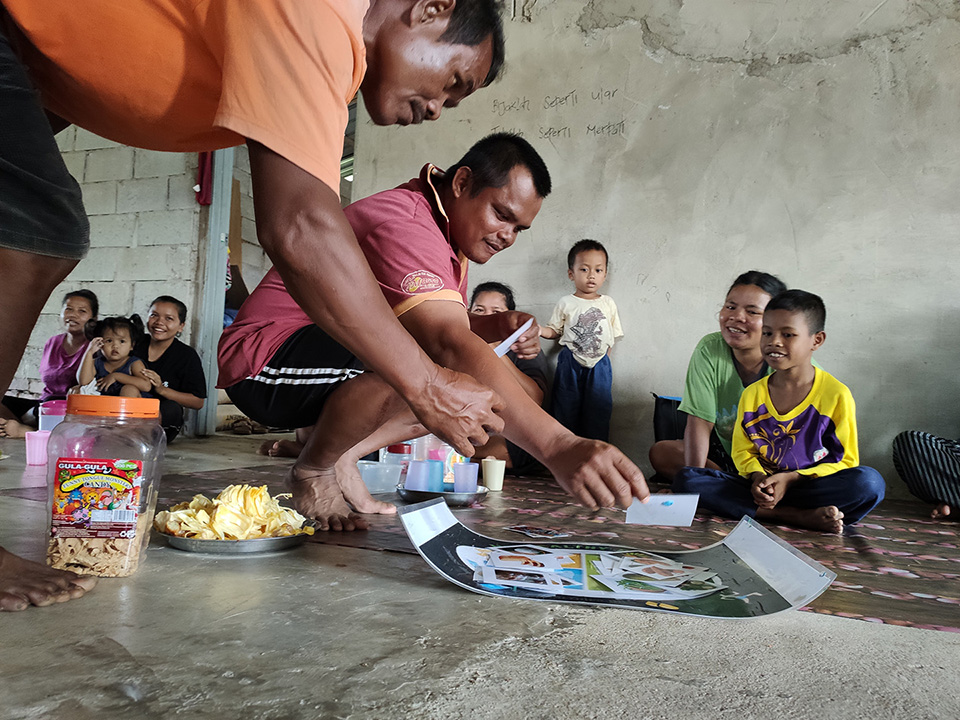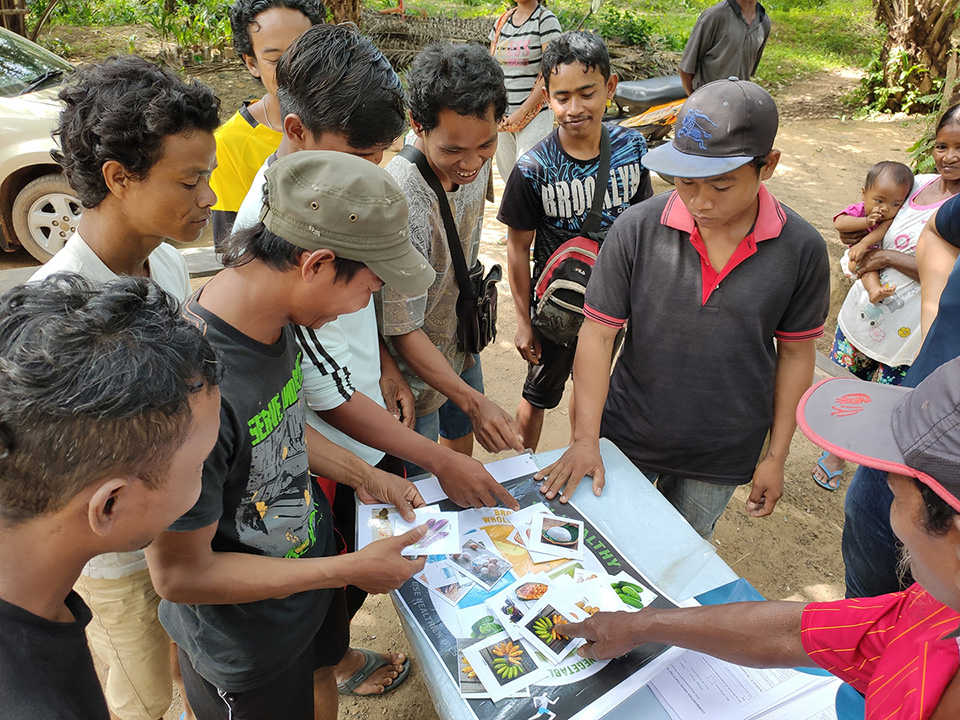Intern, Nazrul, shares how his experience working with Global Peace has been a personal journey that connects him to his roots.
The bumpy, turbulent ride to Kampung Guntong Minum Cempedak was reminiscent of the roads to my grandmother’s village near Temerloh when I was a kid; rocky with a side of scenes you would not get in your everyday, metropolitan city. The crevices in the dirt roads and each subsequent bump brought a smile on my face, filling me with a sense of subtle excitement, as each village visited was a valuable eye-opener in the understanding of my ancestral roots. As an Orang Asli-Chinese mix, I considered myself to be aware of the problems faced by the Orang Asli (OA), simply by chatting up my relatives or by keeping tabs on mainstream media regarding the OA community. During the first of three trips to Pahang, I realized that my understanding was almost superficial, and that different villages faced their own unique obstacles. In my time at Global Peace Foundation Malaysia, I was so fortunate to have had the opportunity to gain a deeper insight on the struggle, the determination and the hopes and dreams of the Orang Asli people.
My parents had always tried to keep me grounded with regular visits to my grandmother’s humble abode at Kampung Embus (nearby Temerloh and Maran, Pahang), and growing up, the belief of never forgetting about my roots has been ingrained in my brain. It was through these visits over the years of my childhood that I observed positive growth around the village. Slowly but surely, the pebbled roads gave way to appropriate tarmac ones, utility poles were erected in a bid to light the night, and as I went through the stages of formal education in my life, my village-based cousins followed suit by enrolling at the nearest government school. The OA villages I visited in the Muadzam Shah area were missing the vital components of life (such as electricity, clean water, adequate housing and education) that I have grown accustomed to in the city and the few OA villages I had previously visited. Yet, despite their hardship and minimal resources, their ability to improvise and constantly tweak their living conditions with what they have was awe-inspiring.

Kampung Kaya’s community school. A rarity among OA villages
During my first visit to the OA villages, I witnessed how areas of Kampung Jong had a makeshift water delivery system in place made from deconstructed water containers and assorted piping, despite the lack of a proper water pump. During a separate trip where I was tasked with assisting in solar panels and pump installations under the CUP (Communities Unite for Purewater) project, I noticed this once again during one of our solar panel installations, where the villagers of Kampung Guntong Minum Cempedak had decided to use the remnants of an old house to accomodate the panels. Over at Kampung Terubing 2A, Pak Soh and his relatives all showcased absolute grit and sharpness in setting up the solar cage and pump. The list goes on and on. Time and time again, I marveled at the level of ingenuity they all displayed, but was also frustrated at the idea that they have the potential to achieve so much more if they had the basic necessity of clean water readily available. Even without a conventional education, these communities have essentially ‘MacGyvered’ their way into bearable living conditions, through pure wit and strenuous physical exertion. One has to wonder what they can accomplish if these villagers were cleared of socio-economic obstructions and given the same opportunities as all of us.

Terubing 2A and the attempts to submerge their solar cage/pump combo

Makeshift water delivery system at Kampung Jong
During the instances where I had to assist in the WaSH (Water, Sanitation and Hygiene) training sessions, I saw first-hand how excitable OA communities were in proactively partaking in new learning experiences. When given time to socially warm-up, the villagers absorbed new knowledge with subtle wonder. It was during these WaSH sessions when I realized that these villagers had embodied the best of humanity. What made them distinctive from the rest of us was their understated tenacious mindset, forged from a lifetime of hardship, which is fused with a sense of resourcefulness born out of necessity. Yet, despite all the right conditions for them to be resentful of their situation and other people, a great deal of the OA communities we worked alongside were humble and wholesome people, who were at times not openly expressive with their emotions, but were always ready to lend a helping hand.

WaSH 3 nutrition workshop at Kampung Gayung

The Kampung Kaya community is into it! WaSH 3 nutrition workshop
Having a childhood overseas hindered my attachment to the ancestral roots that my parents had championed for in my life, and in hindsight, it was always a monumental task for them to remind me of my heritage, for which I am grateful for. Growing up, finding a sense of cultural identity and pride was always a difficult task for me. Coming out of high school however, I started to become more heavily intrigued at the prospect of gaining a deeper understanding of the legacy that came before me. During my trips to the OA villages of Muadzam Shah, I was exposed to a range of communities who displayed their heritage proudly, which had a profound impact on my own pride. Over at Kampung Belbas, I was taken aback by their beautiful main community ‘hall’, which was constructed entirely out of wood and nipah leaves as their roofing material. Being situated by the Pahang coast, the sea-breeze and sandy open area made for an idyllic sight, and was underlined by the easygoing, sociable demeanor of the villagers. As a testament to their heritage, the Belbas villagers hung around traditional handicraft inside their community ‘hall’ and actively created handicraft for other visitors as well.

Kampung Belbas’ beautiful community hall
Alongside Belbas, Kampung Teraling is a village I will not forget for a long time, due to their warm and animated residents. During my last trip with the Global Peace officers, I got the chance to witness a documentary filming regarding the plight of the Orang Asli, which took place at Teraling. It was a joy to watch how the villagers were so willing to tell their story, wear their hearts on their sleeves and talk about the struggle for a simple life. Seeing the beaming faces of these villagers had me filled with a sense of spirited pride, and will continue to inspire me in the future. During my time at Global Peace Foundation Malaysia, I was given the opportunity to dig a little deeper into my roots and expand my view on the plight of the Orang Asli. The villagers of the Muadzam Shah area have truly shown me qualities I would love to stand for in the future; their determination in every action they take, their hope in the hardest of times, and their humbleness. Having said that, I owe my gratitude to the Global Peace family for this opportunity, along with showing me the hard work it takes to cultivate change and to enjoy the process.






